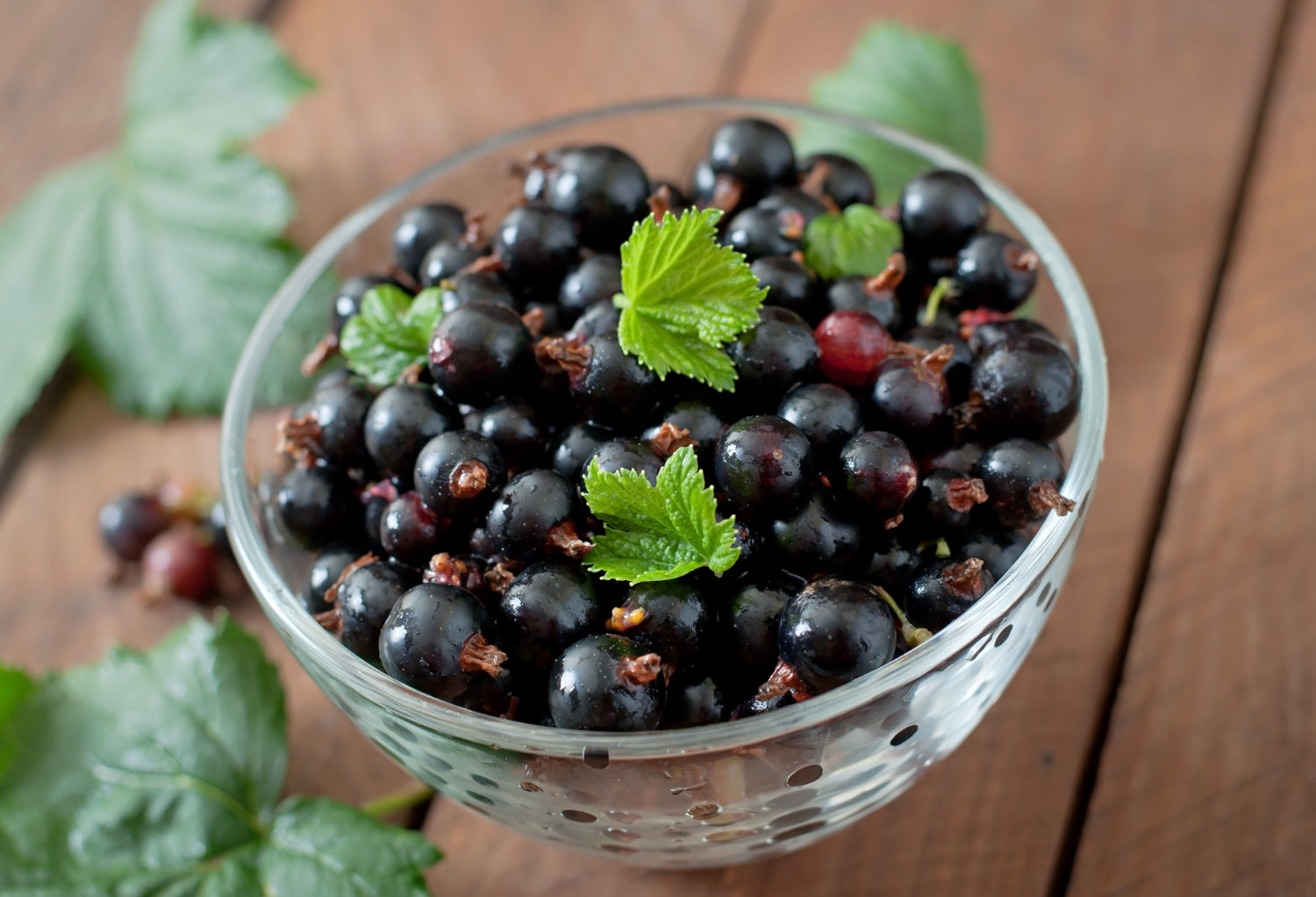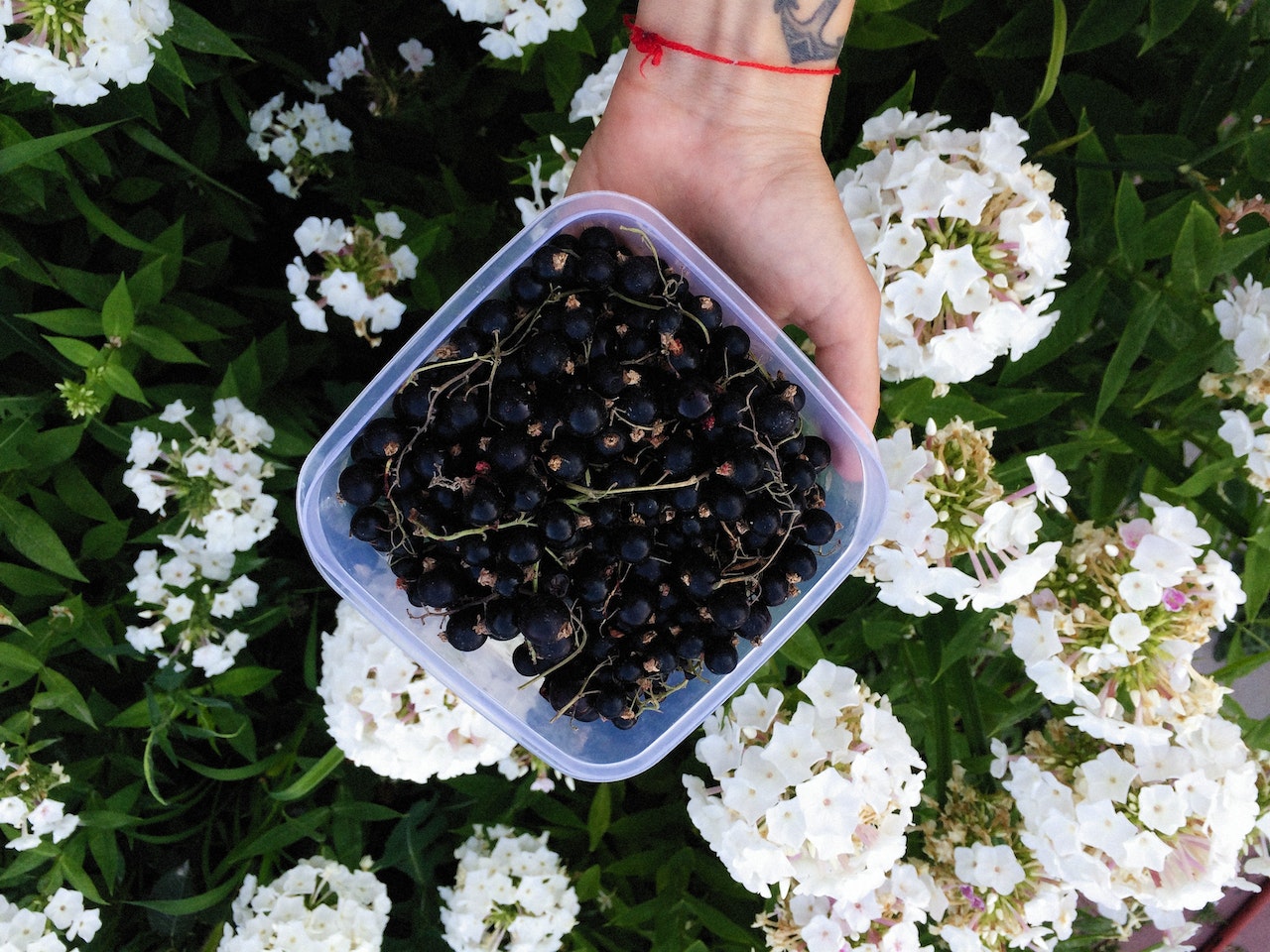Blackcurrants are one of the most nutritious fruits available and they have been shown to have a number of health benefits.
New Zealand Blackcurrant benefits lie in their environment, as a result of natural growth and cultivation in nutrient rich soil. High UV exposure in New Zealand means that all plants absorb nutrients from their sun exposure. Blackcurrants grow well in countries that produce good wine, like New Zealand.
The source of the fruit makes a big difference for blackcurrants.
The source of the fruit makes a big difference for blackcurrants.
This is important because it affects the concentration of antioxidants and flavanoids such as anthocyanins that give blackcurrant berries their unique health benefits and quality. It can also affect the taste and texture of blackcurrants.
New Zealand blackcurrants are at the cutting edge of nutritional science.
The research behind New Zealand blackcurrants put them at the cutting edge of nutritional science.
Studies have shown that dark-colored fruits, especially berries, have high levels of the polyphenol anthocyanin which has been shown to provide health and athletic benefits. The New Zealand blackcurrant has shown especially good results with exercise performance in repeated high-intensity running and cycling time-trial as well as cardiovascular function both at rest and during exercise.
That's because it's not just the level of anthocyanins that's important, it's the combination of different types that makes the difference in performance.
The anthocyanin ratio of two elements in particular - cyanidins and delphinidins - are unique to New Zealand Blackcurrants. Together they switch on the bodies master antioxidant regulator - nrf2. This provides multiple performance and recovery benefits from a single mechanism.
Additionally, blackcurrants have an ORAC value (Oxygen Radical Absorbance Capacity) that is more than double that of red wine and more than 10 times higher than blueberries, and contain many other rich phytonutrients such as phenolic compounds and quercetin.
They also contain vitamin C which helps to boost your immune system and ward off colds!

The key to the amazing health benefits of New Zealand Blackcurrants lies in their environment, as a result of natural growth and cultivation in nutrient rich soil
The key to the amazing health benefits of New Zealand Blackcurrants lies in their environment, as a result of natural growth and cultivation in nutrient rich soil. The blackcurrant bush grows naturally in this far-removed pristine environment, producing high levels of vitamins, minerals and antioxidants including Vitamin C.
Blackcurrants grow well in countries that produce good wine, like New Zealand.
The fact that blackcurrants grow well in countries known for cultivating good wine is no coincidence. The alluvial soil types found in New Zealand and other countries with a history of winemaking provide ideal growing conditions for the plants, which are resilient to most diseases and pests.
New Zealand has high UV Exposure
New Zealand has a high UV exposure due to its geographical location. The country is located in the Southern Hemisphere, and along with the fact that the cleaner air and atmosphere provides less UV protection, means that NUV levels in New Zealand can be up to 40% more than North America.1
UV rays are harsh. They are known to cause skin cancer in humans and plants also have to protect themselves. The plants do this by develop high levels of flavanoids which act as a sunscreen to prevent potential damage.
The result is that plants (including blackcurrants) grown in New Zealand conditions have a higher that average nutirtional value.
Blackcurrant seeds have been traditionally used as a natural remedy for many illnesses, including heart disease and pain relief.

New Zealand Blackcurrants are grown in a far-removed pristine environment.
New Zealand is a long way from the rest of the world, which means our blackcurrants are grown in a pristine environment, far removed from major centers of pollition.
As an isolated country with a temperate climate, New Zealand has an ecosystem that is diverse and rich in resources for growing food. We have some of the strictest controls around biosecurity (what is brought into the country) and genetic modification (GM) in the world. This ensures that whatever is grown here is of the highest quality.
The growing environment of the plants is key.
The growing environment of the plants is key. New Zealand’s alluvial soil types are a perfect home for blackcurrants, and the climate is mild enough to produce fruit all year round. The fertile soil also helps produce an incredibly full-flavoured product!
Blackcurrants are grown in wine country, where grapes and other fruits grow on the same land. The environmental conditions here have a big part to play in how healthy and productive the plants are, which means that NZ Blackcurrants have some of the healthiest roots around!
New Zealand Blackcurrants really are the 'best of the best'.
New Zealand Blackcurrants really are the 'best of the best'. They're grown in a far-removed pristine environment.
New Zealand Blackcurrants have been at the cutting edge of nutritional science for decades now, with research into their many health benefits leading to an explosion in popularity around the world over recent years.
Scientific studies on blackcurrants have shown their potential for improving energy, endurance and recovery times for athletes across a wide range of sports. But the source of the fruit makes a big difference for the health benefits you get from blackcurrants.
So always check the label - if it's not from New Zealand, you'll be compromising on your performance.
References:
McKenzie, R.L., Bodeker, G.E., Scott, G. and Slusser, J., 2006. Geographical differences in erythemally-weighted UV measured at mid-latitude USDA sites. Photochem. Photobiol. Sci., 5(3), 343 - 352.
Willems Mark E. T., Blacker Sam D. Anthocyanin-Rich Supplementation: Emerging Evidence of Strong Potential for Sport and Exercise Nutrition. Frontiers in Nutrition, 9, 2022. https://www.frontiersin.org/articles/10.3389/fnut.2022.864323



